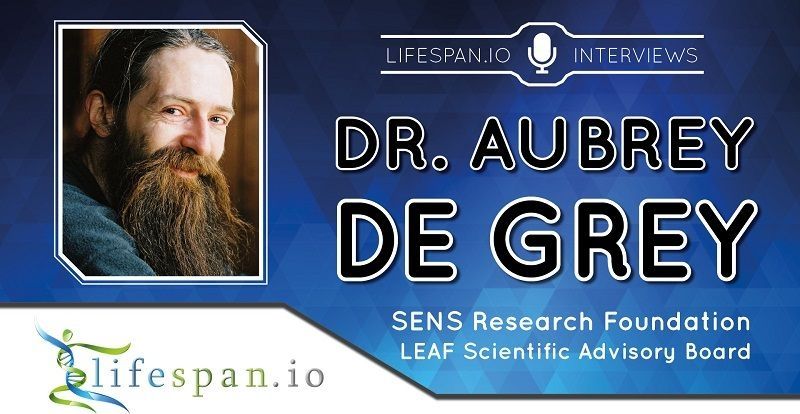Join me for a quick review of the spikes & dips in the Bitcoin exchange rate. This time, it’s all about one very simple chart. [continue below graphic]…

The chart below shows a history of BTC price spikes, dips and recovery. Click to enlarge, then start at the top—and move down.
-
-
- Consider the percent-pullback after each spike (red label)
- Think about the stellar rebound after each drop (green label)
-
 The table at right illustrates why I do not get too worked up over the plunge in the BTC exchange rate. There are no fundamental flaws in Bitcoin math or mechanisms, the market need for benefits conveyed by Bitcoin is terrific, and popular arguments against Bitcoin are severely flawed. Skeptics and Critics typically say this:
The table at right illustrates why I do not get too worked up over the plunge in the BTC exchange rate. There are no fundamental flaws in Bitcoin math or mechanisms, the market need for benefits conveyed by Bitcoin is terrific, and popular arguments against Bitcoin are severely flawed. Skeptics and Critics typically say this:
“Even if blockchain currencies are beneficial and inevitable, Bitcoin can be displaced by another, better cryptocurrency.”
—Or—
“A viable crypto may emerge—but it will be one that is backed by a tangible asset or issued/sanctioned by government.”
These arguments are false. They are made by individuals who don’t yet fully appreciate a distributed, consensus mechanism and, especially, its relationship with trust, value, government and free markets.
What Bitcoin currently lacks is education, familiarity, standards, simple commercial tools (built upon clear analogies), definitive best practices, a widespread understanding of multisig & security, and limited recourse for certain commercial & retail transactions. But Bitcoin is still an infant, just like the early TV or the early telephone. All of these are under development—without a hint of significant obstacles. Even the messy process of democracy among the various stakeholders is heading toward harmony (miners, developers, vendors, exchanges and consumers).
Of course, I am bullish on Bitcoin, and this may color my analysis. But, I try hard to keep an open mind. There have been moments in its history where I have questioned the market need or the potential for a setback in politics, legislation, or the mechanism itself. Those doubts are in the past. Bitcoin has demonstrated the elegance and value of the blockchain—and the ability to evolve beyond the blockchain with SegWit and Lightning Network. It has achieved a fluid, robust and growing two-sided market.
No one holding assets likes to see a big price pullback. It’s natural to look at the market as if we each got in at the peak—and then tally the “losses”. But I, for one, am not glancing toward the exit. I see the future and I sleep well at night. I am comfortable participating in the Bitcoin era.
Philip Raymond co-chairs CRYPSA, hosts the Bitcoin Event and is keynote speaker at Cryptocurrency Conferences. He advises The Disruption Experience in Singapore, sits on the New Money Systems board of Lifeboat Foundation and is a top writer at Quora. Book a presentation or consulting engagement.







